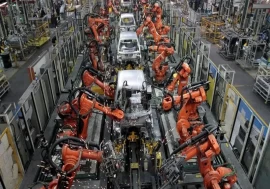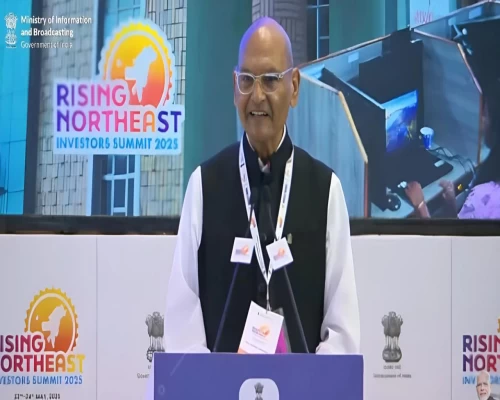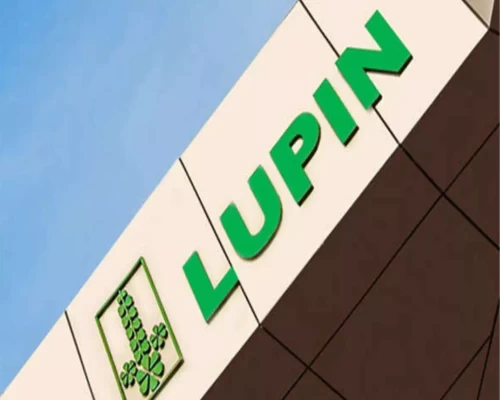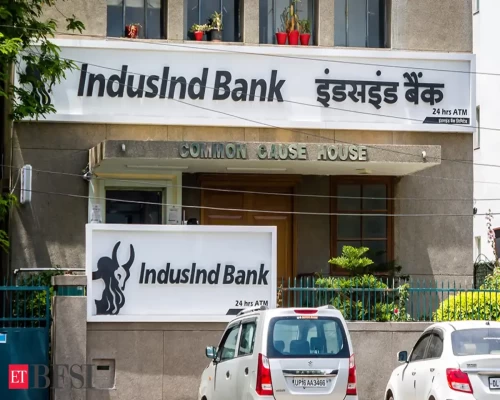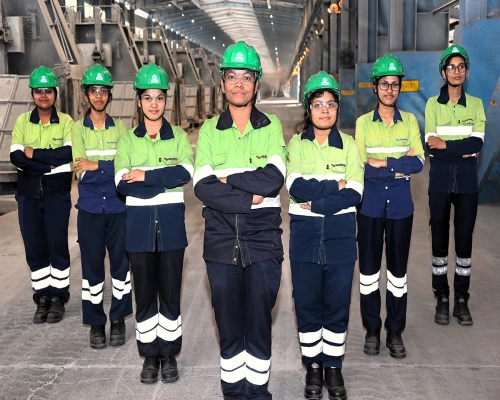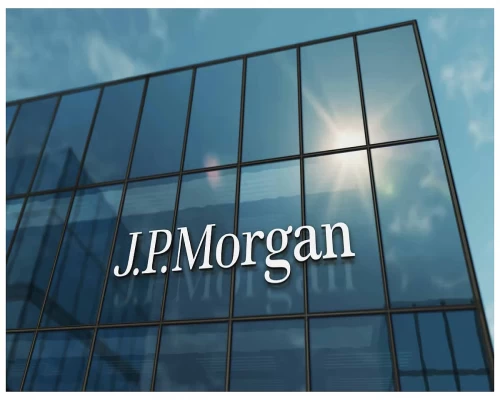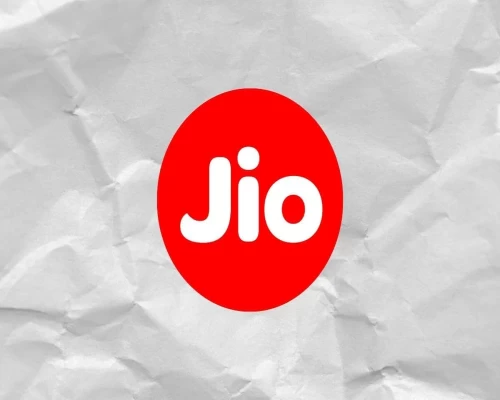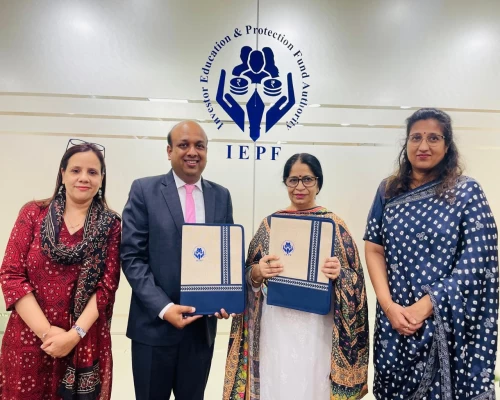
New Delhi: The latest round of FICCI’s Economic Outlook Survey (July 2022) puts forth an annual median GDP growth forecast for 2022-23 at 7 per cent with a minimum and maximum growth estimate of 6.5 per cent and 7.3 per cent respectively. The growth forecast has been downgraded from the 7.4 per cent estimate in the previous survey round (April 2022) owing to geopolitical uncertainty and its repercussions for the Indian economy.
The median growth forecast for agriculture and allied activities has been put at 3 per cent for 2022-23. On the other hand, the industry and services sector are anticipated to grow by 6.2 per cent and 7.8 per cent respectively during the fiscal year. Median GDP growth is estimated at 14 per cent and 6.2 per cent for the first and second quarter of 2022-23, respectively.
The present round of Survey was conducted in the month of June 2022 and drew responses from leading economists representing industry, banking and financial services sector. The economists were asked to provide forecasts for key macroeconomic variables for the year 2022-23 and for the quarters Q1 (April-June) of FY23 and Q2 (July-September) of FY23.
The Indian economy is not immune to global volatility, as is evident from the deepening inflationary pressures and increasing uncertainty in financial markets. The participants pointed out that these factors are exerting pressure on India's economic prospects and are likely to delay the recovery.
Major risks to India’s economic recovery include rising commodity prices, supply-side disruptions, bleak global growth prospects with the conflict prolonging in Europe. A slowdown in the Chinese economy is also expected to have an impact on India's growth. Increased input cost is impairing discretionary spending as these get passed on to the final consumer through higher selling prices.
The median forecast for CPI based inflation rate has been put at 6.7 per cent for 2022-23, with a minimum and maximum range of 5.4 per cent and 7.0 per cent respectively. This is in line with RBI’s indicative trajectory put forth in the recent monetary policy announcement in June 2022.
The economists cited that the Central Bank is expected to maintain a hawkish stance throughout the calendar year 2022. Policy repo rate is forecasted at 5.65 per cent by the end of the fiscal year 2022-23, with a minimum and maximum range of 5.50 per cent and 6.25 per cent respectively.
In addition, economists were asked to share their views on certain topical subjects. Given the volatile geopolitical environment, economists were asked to share their assessment on the current global economic scenario, the possibility of a recession, along with their perception on India’s position amid the prevailing global uncertainty.
With the supply side bottlenecks showing signs of easing and pandemic fears waning due to increasing vaccination coverage; there was some optimism in the outlook for the global economy earlier this year. However, the escalation of the Russia-Ukraine conflict interrupted the recovery process yet again.
However, a majority of economists believe that it is difficult to predict the occurrence of a global recession, at present. The duration of the conflict in Europe will determine whether the present slowdown translates into a recession. Nevertheless, the possibility of a prolonged slowdown remains on the horizon.
Also the economists were of the view that the global economy's prognosis in 2023 will be determined by the inflation trajectory, the extent of interest rate hikes required to maintain price stability, and the impact of higher rates on household consumption and investment demand. Moreover, with downside risks to growth building up, and substantial uncertainty regarding the Federal Reserve’s ability to anchor inflation levels, the occurrence of a recession in the medium-term cannot be totally overruled.
Slowdown in major economies, particularly in India's major trade partners, is anticipated to impact India’s exports, which had cushioned GDP growth in the face of a lack of effective domestic demand. Additionally, while healthy corporate and bank balance sheets is an encouraging sign for the domestic investment climate; declining global demand, muted consumer sentiments, increasing interest rates, and margin pressures are impeding private consumption and investment growth.
The RBI will need to continue addressing liquidity constraints, particularly for MSMEs while ensuring that India's financial system is not subjected to additional strain in the form of increased NPAs. Further, the Central and State governments must prevent any reduction in aggregate demand and if necessary, support it through higher revenue expenditure. The government must ensure adequate support for those in the lower income strata and bolster the subdued rural demand.
Since January 2022, the CPI-based retail inflation rate has exceeded the RBI’s upper target range for five consecutive months, owing to rising prices of edible oil, petrol, and food- particularly for vegetables, spices, as well as household goods and services. Although economists opined that high price of commodities with seasonal elements, such as vegetables and fruits, are expected to reverse course as soon as the new harvest enters the market; global supply-side disruptions are a major cause of concern.
According to the participating economists, the CPI is anticipated to remain above the RBI’s tolerance band till the third quarter of FY 2022-23 and may come within the tolerance level only after the fourth quarter of the current fiscal. Moreover, in the medium-term, high inflation is expected to have an unfavourable impact on consumer demand. Inflation levels are expected to slow down starting September 2022 and fall back into the 4 per cent range only by June 2023. /BI/


